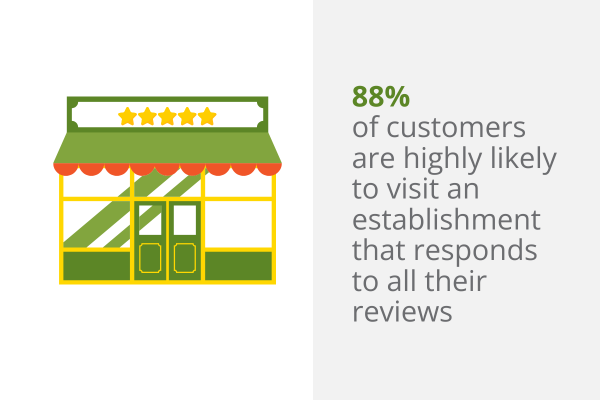October 08, 2024

The Federal Trade Commission (FTC) is the government agency responsible for consumer-based protection laws and bolstering fair business practices. For restaurants, it specifically oversees and enforces advertising, pricing, and promotional compliance to mitigate deceptive business practices. In 2024, the FTC released new guidelines geared toward eliminating false online reviews.
What does that mean for your restaurant? Read on for the details:
What is the 2024 Ruling by the FTC?
Restaurants often rely on reviews to promote their businesses and increase their customer base. In fact, online reviews help generate roughly $245 billion a year in food and beverage sales. The FTC's most recent ruling regarding reviews aims to crack down on fake reviews.
The rules will prohibit:
- Paying writers for favorable reviews
- Editing posted reviews to showcase positive statements and hiding negative assessments
- Owners writing their own reviews and attributing them to other people
- Inviting social media influencers to visit an establishment with the agreement they post only positive reviews
- Convincing employees, friends, and family members to write glowing assessments without revealing their association with the restaurant
These new rules aim to provide customers with transparent and realistic information by weeding out deceptive marketing. While no new penalties for violators are currently in place, the FTC plans to use the regulations to monitor reviewer sites and potentially sue offenders.
How Do New Rules for Online Reviews Affect Restaurants?
According to Restaurant Business, 74 percent of small businesses are reviewed on major platforms, so the FTC predicts 26 million independent restaurants will feel some effects of the new rules. However, as long as the establishment gets customer feedback honestly and organically, there shouldn’t be any cause for alarm.

Handling Negative Reviews
No restaurant wants to receive a bad review, so some establishments might bury negative comments and only reach out for positive reviews. Even without the FTC ruling, restaurants shouldn’t shy away from negative assessments. In fact, how an owner responds to criticism online can often boost their customer base, not shrink it.
Negative Reviews and Customer Engagement
Research from Brightlocal reveals that 88 percent of customers are highly likely to visit an establishment that responds to all their reviews—negative ones included. The same data shows that 58 percent of consumers are likely to visit a business that only responds to negative feedback.

As a restaurant owner, engaging with your customers online is imperative to increase traffic. However, how you handle the response–especially concerning poor reviews, is essential. Always be professional, thank them for the feedback, address their concerns, and invite them back to show how you’ve solved the problem. According to Brightlocal, most consumers expect a response within 2 to 3 days, so make sure you are prompt with your response.
It’s always important to remember that a negative assessment of your establishment gives you insight into the customer experience, so it’s a great way to fix issues that might have gone unnoticed.
Boosting Overall Reviews
Brightlocal’s survey also indicates that 71 percent of customers will likely not visit an establishment with an average rating of less than three stars. So, the more positive reviews, the more your chances of consumer traffic increase. A smart way to get more stars is to up your overall review rate.
Savvy Ways to Increase Review Volume
Restaurants can boost the numbers of their reviews by reminding customers they take any reviews seriously. Add links on your website to social media pages, Yelp, Google, and food delivery apps. Consider a note on receipts encouraging guests to leave feedback. There are also a few fun ways to engage with customers online and get feedback quickly.
- Showcase your kitchen in action on social media. This can prompt guests to follow your account for more behind-the-scenes fun and comment on their experiences.
- Create an online “cookbook.” Offer recipe insights on your website, blog, and social media accounts. Invite guests to post their pictures and start a dialogue.
- Give out comment cards with QR codes that link directly to your main review site.
Remember, you’ll want to keep an eye on all of your feedback and manage them across platforms.
Explore Business Tools at US Foods CHEF’STORE
Restaurant professionals know CHEF’STORE provides exceptional products from fresh produce to beverages, meat and seafood, and more. However, we also support our culinary community with helpful business resources to enhance operations and customer satisfaction.
Stop by one of our many locations to see how we can help!